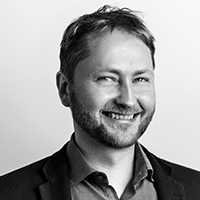Technical & Cultural Learnings from 10 Years of Computing
The software development community unpacks a decade of technology, process, and cultural learnings.
What the Software Community Has Learned from 10 Years in Tech
Amara’s Law states, “We tend to overestimate the effect of a technology in the short run and underestimate the effect in the long run.” Things may not change much on any given day, but computing has evolved greatly in the last 10 years. And so has the role of developers within the organization. According to Heroku Co-founder and Heavybit Founding Partner James Lindenbaum:
“The standing of developers within organizations has changed massively–they’re now central figures, influencers in multimillion-dollar purchasing decisions, and their roles have expanded into many new areas. There’s a new respect for who developers are.”

James Lindenbaum
Heroku Co-founder
It’s also arguably easier than ever to become a software developer, but it’s more complicated than ever to develop software products. As Tailscale Co-founder David Crawshaw puts it:
I think it’s worth thinking about how software has become more complex. There are more people involved in building it. And that adds a lot of organizational and structural complexity to trying to solve problems in the software world.

David Crawshaw
Tailscale Co-founder & CTO
To prepare ourselves for the future, we’re looking back at a decade of learnings from development–where we overestimated the effects of technology and where we underestimated them.
The last decade has seen:
- The maturation of cloud software post-digital transformation
- The emergence of the digital-native enterprise
- The decoupling of full-stack into front end and back end as separate disciplines
- The proliferation of DevOps and DevSecOps
We’ve also seen significant cultural shifts as a result of cloud abstraction, the growing importance of (and shift in power toward) developers as enterprise buyers, and even in how we think about developer culture and diversity. As Kubernetes Co-founder Joe Beda suggests,
There is now an idea that when things fail, you learn from it. It has been incredibly positive for our industry in terms of making it possible for new folks to come in, to make mistakes, to learn, to get the support from those around them. Being able to open up our industry to a ton more different people along the way.

Joe Beda
Semi-retired technologist, Kubernetes Co-founder
We’ve compiled the histories and musings of members across the development community, including founders and leaders at Snyk, DataDog, Netlify, LaunchDarkly, Fastly, and CircleCI, to understand their most important learnings across 10 years of computing. Here are their stories.
Ch. 1: Technology Changes Become the New Normal
Building software has paradoxically become more complex while becoming easier to start. Processes are more divorced from hardware so devs can focus on higher-order challenges, and APIs have enhanced interoperability everywhere. But it hasn’t been easy.

Abstraction: Cloud and Virtualization
In the last decade, even computer workstations have changed. Desktop sales hit record lows as professionals traded bulky towers with on-premise software for laptops with saved logins. Salespeople used Salesforce and Microsoft Dynamics; devs used GitHub and Jira.
What you were coding, and how you coded, was restricted by, and embedded in the hardware. Those two things have gotten further and further decoupled.

Jim Rose
CEO/CircleCI
Enterprises used the buzzword “digital transformation” for cloud migrations. But the pandemic made migration an imperative. Remote work setups, estimated to take 450 days to prepare, took 10. What happened? The Cloud brought technical abstraction–streamlining low-level details into higher-level systems. CircleCI CEO Jim Rose suggests, “It used to be what you were coding, and how you coded, was restricted by, and embedded in the hardware. For the last 10 years, those two things have gotten further and further decoupled.”
We saw the next step in virtualization–allocating system resources to load-balance and help teams work asynchronously across increasingly distributed infrastructure. Dev teams moved from the VMs of the 1990s to 2013’s Docker Engine and 2014’s Kubernetes, which made containerization the norm.
To truly get the most out of Cloud, you need to move beyond thinking about virtual machines and start thinking about processes and serverless functions.

Joe Beda
Kubernetes Co-founder
Heptio Founder and Kubernetes Co-founder Joe Beda offers: “Thinking about cloud infrastructure, you have things like virtual machines, discs, networks–software concepts modeled on physical things. To truly get the most out of Cloud, you need to move beyond thinking about virtual machines and start thinking about processes and serverless functions. We move from VMs to containers or functions or disks to buckets or databases. For Cloud, we’ve moved to higher abstractions across all the different parts of compute.”
Data Management and Better Living Through APIs
“The biggest change? The rise of cloud databases, in particular Snowflake, and its effect on data architectures,” according to Vimeo Interim CEO, CloudConnect Founder, and former Heroku CEO Adam Gross. Making databases both scalable and affordable mitigated the latency challenges of access by reference.”
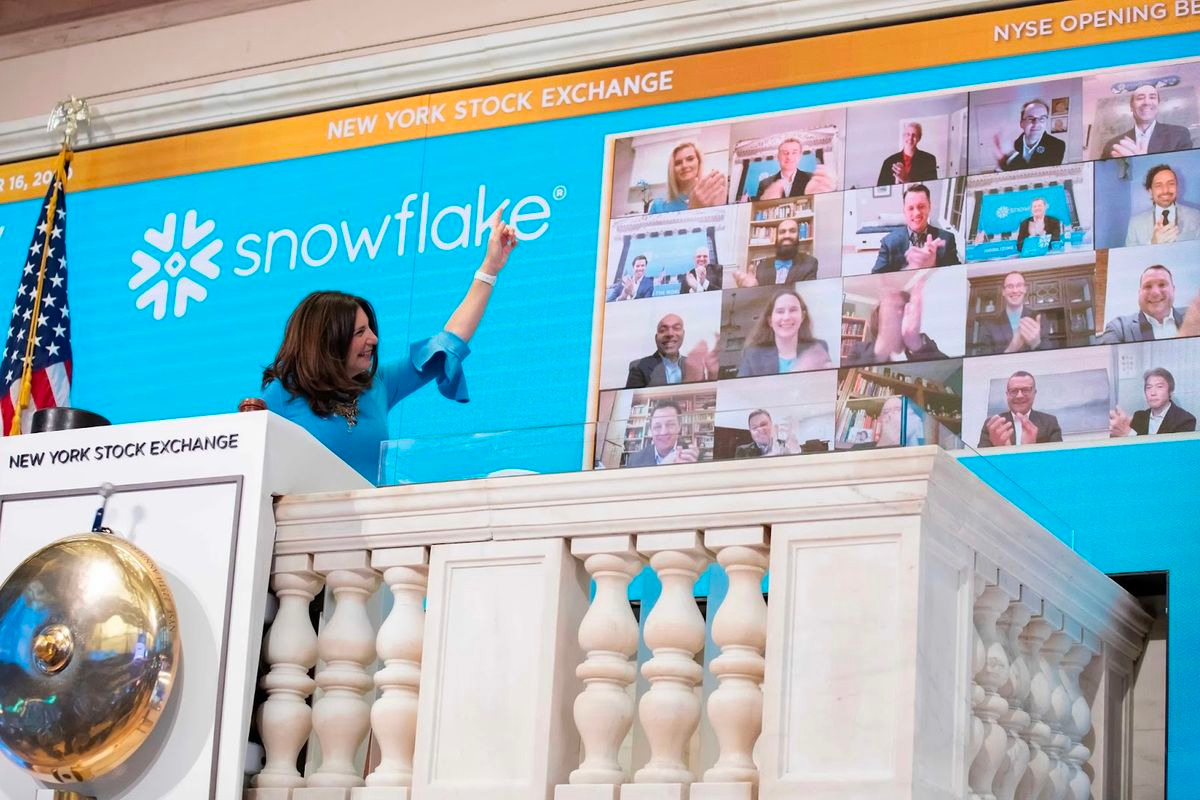
“The Cloud revolutionized data management and architecture. The ability to distribute data across Cloud instances gave teams unprecedented scalability in a pay-as-you-go format. If databases become ‘free,’ instead of doing microsurgery to connect systems line by line, you can take everything–all your Salesforce details and other data–and have the ‘act of copying,’ along with the actual storage of everything, within a database. And it’s now cheap enough and predictable enough that I can do that with a good experience.”
The biggest change? The rise of cloud databases, and the effect it had on data architectures.

Adam Gross
Interim CEO/Vimeo
The Cloud expanded the “API Economy”–which lets users share cross-app data via integrations. Netlify founder Mathias Biilmann Christensen notes that APIs have basically turned into business functionalities. “Suddenly, we don't have to build the APIs ourselves because they're not that different from one business to the other. You get all the headless CMS widgets, platforms like Stripe for payments, Algolia for search...all the modern, headless, e-commerce, and inventory platforms. I think that was one of the biggest shifts of the last decade.”
Ch. 2: Process Changes Become Movements
As technology evolved, our work did too. Grassroots movements emerged for new best practices, faster software delivery, and better infrastructure management.
Developer Experience Comes to the Forefront
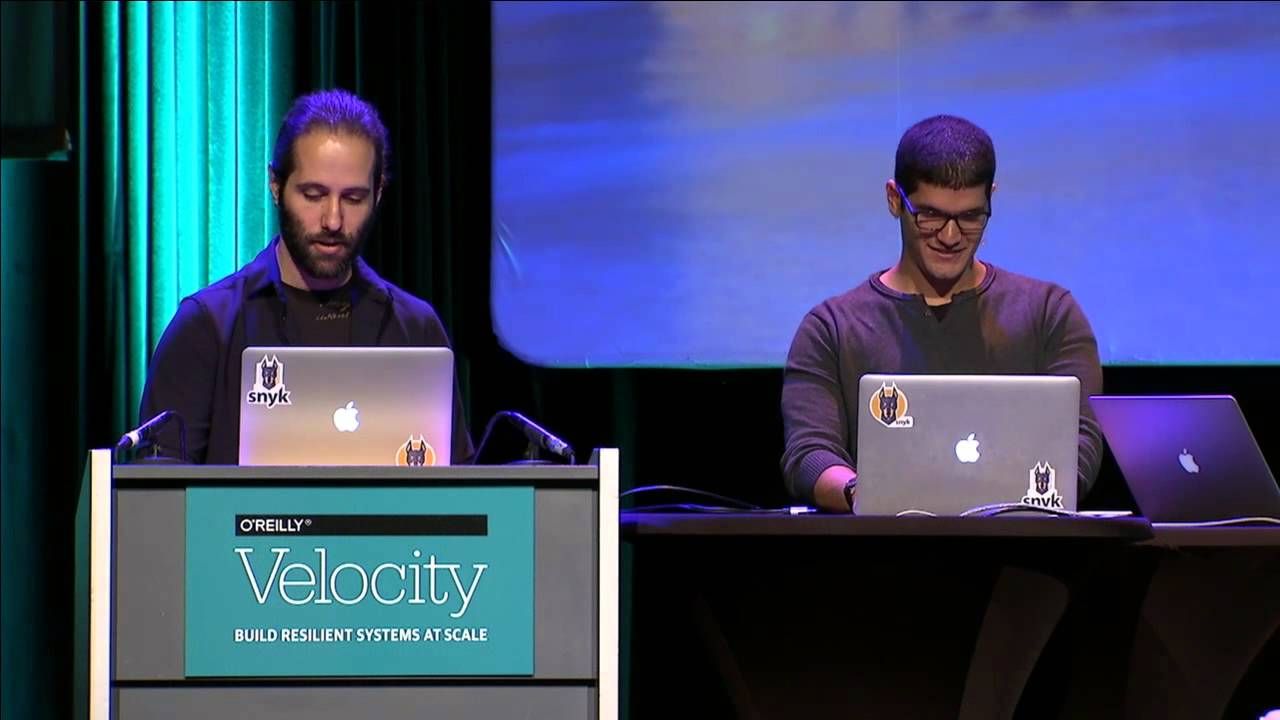
Heroku cofounder and Heavybit founding partner James Lindenbaum notes an important evolution in product development: The rise of developer experience (DX). In years past, tools for developers were not given the design and user experience care that was invested in consumer-facing tools. Now more than 50% of engineering leaders suggest that DX is “critical” at the C-suite level for adoption, as well as for attracting and retaining top talent.
A command line is an interface. An API is an interface. These things need to be treated as first-class citizens and designed with care and attention to user experience. When we started applying design and UX practices to developer tools, we called it DX because we wanted to underscore the intended audience and attract design talent to the space.

James Lindenbaum
Co-founder/Heroku, Founding Partner/Heavybit
“A command line is an interface. An API is an interface. These things need to be treated as first-class citizens and designed with care and attention to user experience. When we started applying design and UX practices to developer tools, we called it DX because we wanted to underscore the intended audience and attract design talent to the space.” Lindenbaum notes that the greater emphasis on DX was a direct consequence of developers becoming critical decision-makers within organizations. “Devtools went from being underdogs which couldn't get venture funding 10 years ago, to being one of the hottest markets in venture today.”
Waterfall Gives Way to Agile, Leading to CI/CD
Developers previously used Waterfall methodology, a sequential model prominent in the 1970s. Its stepwise approach was intended to enforce discipline and lead to higher quality, but was criticized for inflexibility and risk, as testing occurred last, often requiring a return to the drawing board.
When I was a young engineer, I walked around with a physical document, which people would have to sign off on saying that there would be no more changes. Of course, that didn't work.

Edith Harbaugh
Co-founder/LaunchDarkly
LaunchDarkly Co-founder Edith Harbaugh recounts her journey–and the pain of working on strict Waterfall-based projects. “When I was a young engineer, I walked around with a physical document, which people would have to sign off on saying that there would be no more changes. Of course, that didn't work. There's always changes.”
More-iterative methodologies emerged, most notably 2001’s Agile, which emphasizes teams continuously developing, testing, and shipping. Agile paved the way for continuous integration/continuous delivery, popularized in the 2010s, which uses automation to help teams quickly ship and merge new code into their main branch.
Honeycomb Co-founder and CEO Christine Yen offers, “One really exciting thing over the last 10-15 years has been blurring the lines between development and production. Before Heroku, I remember so much of building a Rails app was wrestling with Capistrano...getting what worked on your machine to actually work on that AWS instance or your university's server.”
One thing that has been really exciting over the last 10-15 years has been blurring the lines between development and production.

Christine Yen
Co-founder & CEO/Honeycomb
“And now, not only do we have the obvious ‘Git push, deploy workflows’ process everyone uses, but there are cloud editors and tools where there is no difference between dev and production. You have an app, it's always live, and you can fork other things back into dev. I've always really liked the creation of software, and reducing friction between ‘I'm trying to create a thing’ and ‘Other people can see it’ is so exciting.”
Developers Take on Operations, Security, Monitoring
In the 2000s, clashes between developers and IT revealed different incentives. Developers sought innovation to engage paying customers, while IT prioritized stable environments over immediate changes that could disrupt systems. Tossing new code “over the wall” wasn’t working.

DevOps emerged in response, extending beyond Agile to the full software development lifecycle by shifting dev and deployment left. The goal: Unite everyone who built, deployed, and maintained software around shared principles of iterative collaboration, feedback, automation, and tracking security and outages.
Chef Co-founder, DevOps pioneer, and Heavybit Partner Jesse Robbins explains his epiphany on Amazon’s backup systems engineering team. “I went from being an ops tyrant to embracing development innovations, which can take the system down, but bring your share price up. To improve developer productivity–still crucial today–we found the biggest delay was all the checks and approvals before deploy. The best way to make devs more productive was to let them handle deployment and put them on call for their software.”
"When I asked Tim O’Reilly to let us start the Velocity Conference, it was because we could see the pieces falling into place. While developers would, of course, continue to write the important software that was already eating the world, the future would also require robust infrastructure to support it--and people to run this new ecosystem. The future wasn't going to belong to a single, mythical 10x coder--it was going to belong to a growing community of smart, empathetic, curious teams who put aside their egos in favor of constantly learning how to keep the enormous ships they were sailing above water and pointed in the right direction."
It’s not clear there’s a discrete difference today between observability versus incident management versus DevSecOps. Everything is part of that continuous lifecycle.
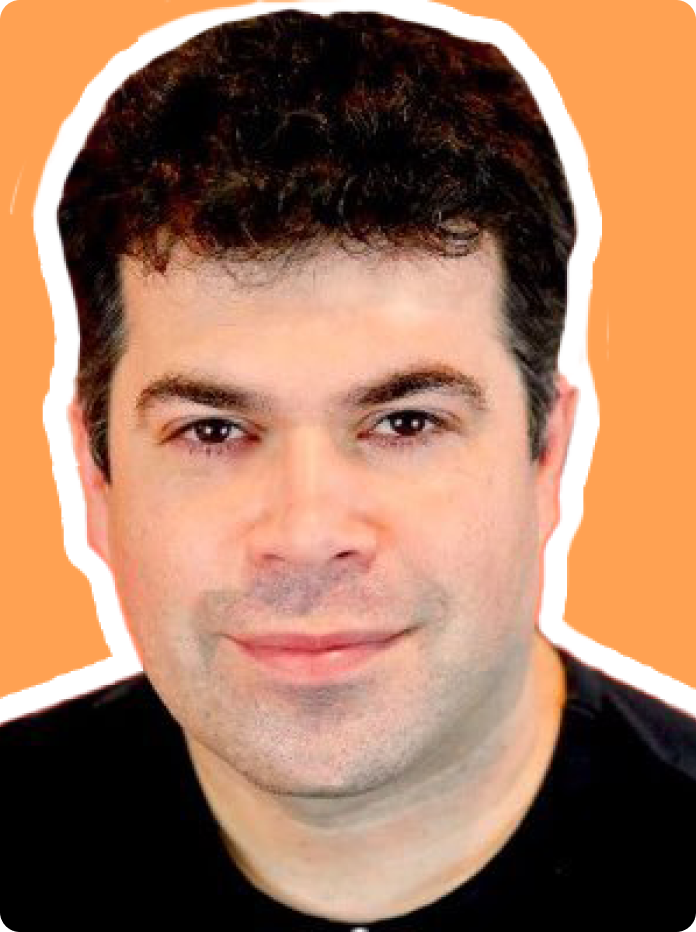
Jesse Robbins
Co-founder/Chef, Partner/Heavybit
It also became clearer DevOps should own site reliability engineering, ensuring continuous availability through monitoring, incident management, and capacity planning. Robbins recalls, “As Amazon’s ‘Master of Disaster,’ I led chaos engineering GameDays to introduce major system failures so we could learn about reliability. But in a safe environment where people could experiment, so I pushed for more empathy within DevOps (or as we called it, #hugops). Then again, it’s not clear there’s a discrete difference today between observability versus IM versus DevSecOps. Everything is part of that continuous lifecycle.”
Honeycomb’s Christine Yen adds, “I think the rise of SRE has been a shift in how teams think about what it means to deliver a great service. From ‘Are my machines okay?’ to ‘Are my customers happy? Are my teams effective?’ And of course, the rise of open telemetry, which we are proud to say we've played a supporting role in.”
“The first wave of DevOps was about teaching ops to code and automate. Observability supported the second wave–developers learning how to own their code in production. And you see that with SRE supporting You Build It, You Run It initiatives from companies like PagerDuty and Salesforce.”
Teams began to own more processes, including security via DevSecOps–building controls directly into dev and deployment processes, including static app security testing, dynamic app security testing, and software composition analysis.
DevOps graduated from a side ‘digital transformation’ project to the center. Central teams are now the buyers of modern tools too.

Guy Podjarny
Co-founder & CEO/Snyk
Guy Podjarny, Co-founder of DevSecOps leader Snyk, reflects on how DevSecOps–and DevOps overall–have become enterprise essentials. “DevOps in the enterprise graduated from a side ‘digital transformation’ project to the center. Central teams are now the buyers of modern tools too. These teams manage both old and new stacks in the org, and so solutions at scale need to have a narrative for both, but they command bigger budget and opportunity.”
The Evolution of Web and the Jamstack Movement
Popularized in 2005, Asynchronous Javascript and XML introduced asynchronous data transfer that no longer forced reloads when users interacted with websites. The separation of front end and back end reduced the risk of back-end issues affecting front-end performance (and vice versa). Frameworks like Angular (2010), React (2013), and Vue.js (2014), further expanded on AJAX's foundation.

OpenSauced founder Brian Douglas reflects on how the plummeting price of compute, and the seemingly endless supply of free AWS credits, fueled countless success stories. “I keep coming back to the story of Instagram and how they used AWS to host their platform and get acquired by Facebook. There were so many stories over the last 10 years of companies in that same situation.��”
I keep coming back to the story of Instagram and how they used AWS to host their platform and get acquired by Facebook.

Brian Douglas
Founder & CEO/OpenSauced
Douglas reflects on the rapid evolution of front-end development, highlighting the unexpected dominance of React in recent years. “But to see that progression of them specializing in solving these problems–we now have Next.js built on top of React. And if I could centralize the language or the framework, I could find developers to build stuff for me quickly. Now, I can move faster.”
The decoupling of front-end from back-end culminated in the Jamstack, a framework that combines JavaScript, APIs, and markup languages to place app logic on the client side, avoiding tight connections to the back-end.
Mathias Biilmann Christensen, founder of Jamstack creator Netlify, recalls, “When I started Netlify, it was really from this belief that there was an opportunity to change the core architecture of how developers build for the Web. No one owned the platform–there was no walled garden.”
When we raised the first funding round for Netlify, we got questions like, ‘Why the Web? Isn't everything going to be mobile apps?
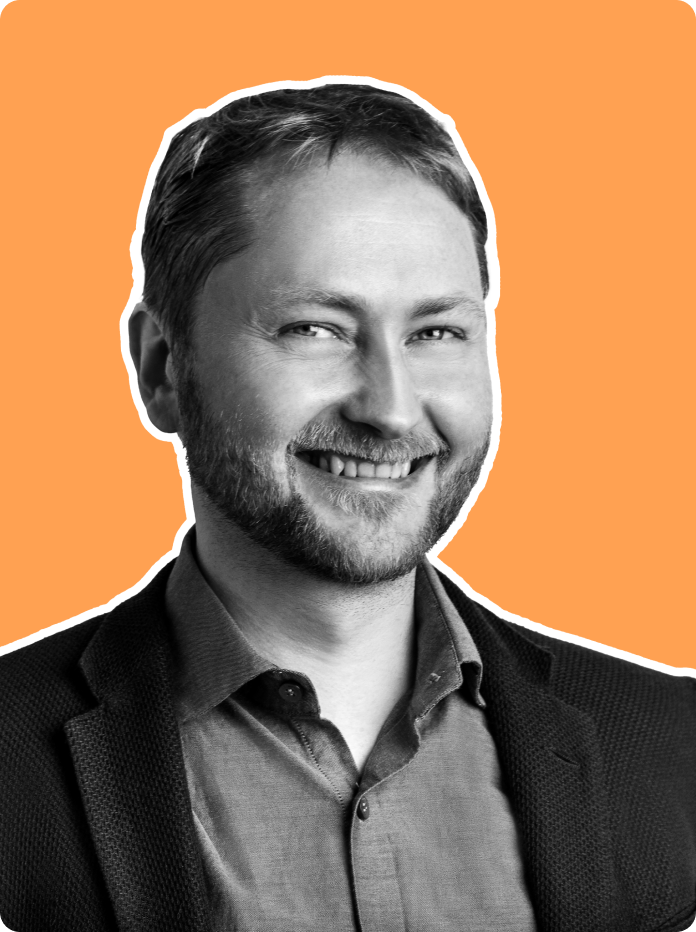
Mathias Biilmann Christensen
Co-founder & CEO/Netlify
“When we raised the first funding round for Netlify, we got questions like, ‘Why the Web? Isn't everything going to be mobile apps?’ There have been so many different areas of change here. It was absolutely the Jamstack moment where you started decoupling Web UI from all the backends and started building an API for every functionality.”
Ch. 3: New Beliefs Become Our Culture
How we think about computing and what it means to be a developer have also changed–including how devs start their careers, their importance, and how brilliant jerks are not the answer.

The Modern Dev Paradox: Fewer Boundaries, More Specialization, More General Knowledge
OpenSauced’s Brian Douglas reflects on what a ‘developer’ is. “If I’m on GitHub, cloning repos, keeping my Minecraft server up with WYSIWYG editors, am I a developer despite being 12 years old and learning a bit of Java? Probably.” However, Douglas and others note that now, specialization is key. “Don't ask me to do any back-end or server stuff today.”
Heptio’s Joe Beda agrees. “Development has changed from something where you could be a generalist to now, where you have to specialize. We've talked about ‘full-stack engineers,’ but I don't think that really exists anymore. This is only accelerating with the excitement around AI.”
The average developer has a lot more knowledge about infrastructure, and increasing knowledge about security.
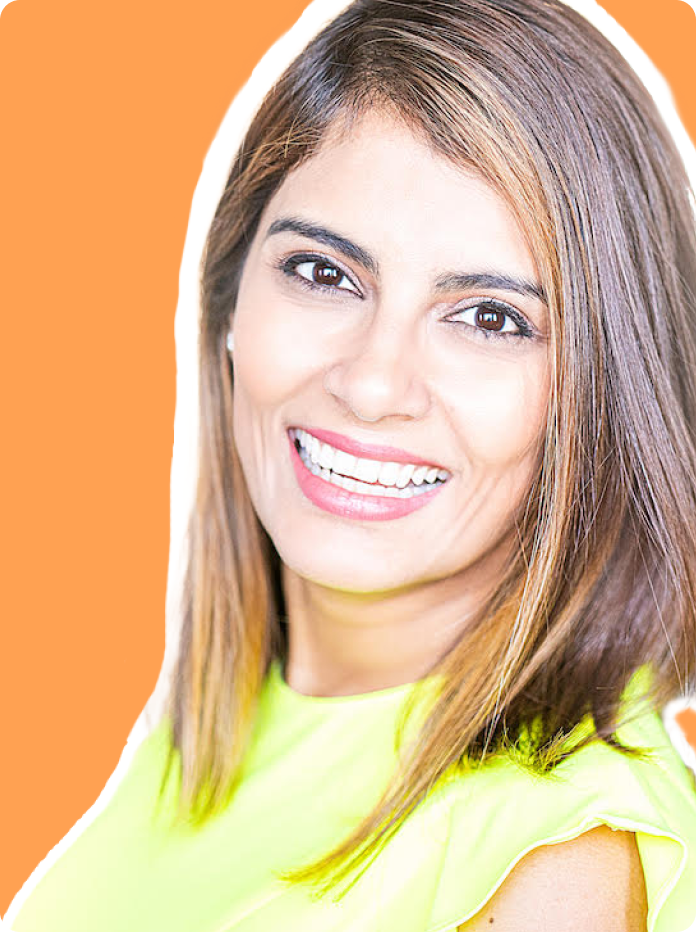
Priyanka Sharma
Executive Director/Cloud Native Computing Foundation
Yet Cloud Native Computing Foundation Executive Director Priyanka Sharma points out that today’s developers are also generalists in infrastructure and security. “The average developer has a lot more knowledge about infrastructure, and increasing knowledge about security.” TheDevSecOps movement displaced general security knowledge from a few technical wizards at Google or Netflix to the general dev public. “Today, end users know what they need and they can call the shots. I’d like to think that CNCF had a small part to play here. It’s a different world. Customers are a lot more empowered, educated, and in charge of their destinies.”
Easier Entry Makes Dev Mainstream
There were ~18M developers in 2013, and ~26M as of 2023. Abstraction, bootcamps, no-code tooling, and now generative AI have reduced the barrier to entry.
Sharma explains. “There's new tools, and more people use them, which means more people creating software, with help from automation. Generative AI has taken it to another level. This is no longer a niche job.”
At no point in the history of programming has making things easier actually shrunk the job market. At no point has that made things worse.

Simon Wistow
Co-founder/Fastly
Fastly Co-founder Simon Wistow suggests easier entry means opportunity for would-be developers. “At no point in the history of programming has making things easier actually shrunk the job market. At no point has that made things worse.”
Phasing Out: “10x Devs” and “Code Bros”
One myth that will not be missed is the ‘10x developer,’ the lone wolf who codes better than an entire team. Why is the myth–and the toxic environment it spawned–on its way out?
The CNCF’s Priyanka Sharma doesn’t mince words. “I think there was a toxic masculinity culture with software development, especially in the US. While we have to always be vigilant towards culture corrosion, I do think things are better, at least in the ecosystem I inhabit.”
Heptio founder Joe Beda agrees. “Development was sometimes like a frat with hazing. But the idea of the ‘10x developer’ is fading away. The real ‘10x developers’ make people around them better. It's not just about how much code you're putting in an editor, it's about how you're bringing up other people and making everybody more effective.”
Ch. 4: The Future of Computing
What’s next? Is software development as we know it on its last legs thanks to AI? On the contrary, veteran SREs suggest that AI will likely require humans in the loop. And the rest of the community anticipates even bigger opportunities.

Computing Is Just Getting Warmed Up
Former VP of Research/451 Research, Former Alchemist Accelerator Managing Director, and Heavybit part-time partner Rachel Chalmers pushes back against the idea of software having anything other than enormous potential. “I came to San Francisco in 1998 thinking the party was already over. I believe down to my bones that we are in the prehistory of technology.”
I believe down to my bones that we are in the prehistory of technology.

Rachel Chalmers
Part-Time Partner/Heavybit

“There's an amazing sci-fi book by Vernor Vinge called A Deepness in the Sky. A programmer digs through the software on the generation ship he's on. And he’s talking about Unix, still being used in the far future. Unix is over 50 years old now, and it's still everywhere. The work we do in infrastructure today lays the foundation for the far future.”
Tailscale Co-founder David Crawshaw also predicts more upside. “It's easy to look at our industry and say there was some kind of ‘gold rush’ and that it's ‘over.’ I don't think that's right. We've been slowly rebuilding the world economy around computers. The ability to write software lets you interact with industries in a highly leveraged way, where just the right software change will have dramatic economic impact.”
The ability to write software lets you interact with industries in a highly leveraged way, where just the right software change will have dramatic economic impact.

David Crawshaw
Co-founder & CTO/Tailscale
System Initiative Co-founder & CEO and Chef Co-founder Adam Jacob suggests that one of the most exciting opportunities in building new technology has been right in front of us the whole time. “If you look at the amount of history we have now and all the systems we've built, it's easy to think that we've built all the cloud systems that could be built, to one degree or another. But I think, in fact, we're actually very, very new at understanding how to even conceptualize building those systems or thinking about how they get constructed.”
“For me, even more exciting than how AI and LLMs could work, is the question: ‘What could you build if you used all the knowledge we have today, as opposed to being stuck with the belief that what we did 10 years ago was the only way?’ And I think you have to have seen a cycle of disruption, or multiple cycles, to realize that that's possible.”
“Here’s the thing: When you look at any existing technology, it’s natural to think, ‘Well, that thing will always be here. Obviously, it can't be disrupted.’ But it almost always can. It's just a question of how it can be improved. And I think that our ability to capitalize on such opportunities is really nestled in our understanding of how those systems get built.”
It's easy to think that we've built all the cloud systems that could be built, to one degree or another. What could you build if you used all the knowledge we have today, as opposed to being stuck with the belief that what we did 10 years ago was the only way?

Adam Jacob
CEO & Co-Founder/System Initiative
“Right now, it seems to be a popular talking point that building things is simpler or easier because all these building blocks are there, which creates a real opportunity for people who are willing to ignore those building blocks and create something fundamentally different. Vertically-integrated, deeper technology can create opportunities that other people can't see because they don't understand how the fundamentals work.”
“It really seems like we’ve forgotten fundamentals like this. If you ask developers today: How long does it take for an L1 cache hit to happen? They might not know! There’s opportunity living there–if you understand how a system works in a fundamental way, you can build things that other people can’t, because they just don’t know how it works.”
AI: Unlocking Potential for Development
Machine learning, natural language processing, and generative AI have arrived, and developers aren’t extinct yet. Research suggests GenAI actually makes devs more productive overall.
Datadog CTO Alexis Lê-Quôc expresses surprise at how far GenAI has come–and how far it has to go. “Without a doubt, getting the computer to consistently pass the Turing test via LLMs has been a real surprise for me. And yet, getting the same techniques to deal with the physical world like a six-year-old is proving extremely difficult. Also a bit of a surprise.”
Getting the computer to consistently pass the Turing test via LLMs has been a real surprise for me.

Alexis Lê-Quôc
Co-founder & CTO/Datadog
CircleCI’s Jim Rose suggests that although GenAI is exciting, its notable AI chip limitations may mean even more opportunities for devs to explore. “On the AI front, people are going back to hardware. They're finding ways to make things run fast–to make it super case-specific for the hardware it runs on. And that's interesting. A ‘back-to-the-future’ moment.”
Embracing Diversity and Becoming Stronger
Diversity has been, and will continue to be, hugely beneficial for computing. New people from different backgrounds will create software to solve problems we might not have even considered.

The CNCF’s Priyanka Sharma notes that advances in automation and tooling offer faster starts and scalability for devs of all levels, and empower people from diverse backgrounds to build truly innovative products.
“I was judging the TED AI Hackathon in San Francisco–I'm used to hackathon teams being young males–this was completely different. It was diverse people working together on cool ideas. And with generative AI, you have all these click-to-start managed services.”
Sharma explains how the winning team designed a tool that maps voters’ policy positions to candidates to help them understand which candidates are closest to their own interests. “I don't think that kind of tool would come out of past hackathons. And because we have expanded who can participate, we’re impacting society in such a different manner. It just demonstrates the opportunity available for people who can create value.”
Fastly’s Simon Wistow is also bullish on a more-diverse future. “We're in this weird moment where developing a website is really complicated. You have to learn technologies like Webpack and Next.js, Kubernetes and containers, and then you go and deploy it, and now you've got bots, scrapers, and DDoS attacks. It's scary out there.”
“What excites me is a bunch of these technologies will make it easier for everybody, companies like Glitch, Replit, MightyMeld, and Fastly. The more people with diverse backgrounds and interests, the better the industry will be. We should be building the technology that opens it up to everybody. Not just keeping it within seven square miles of San Francisco.”
Conclusion: What Lies Ahead
There’s a great deal to be excited about in the future, including a continually lowering barrier to entry to software development and a productivity force multiplier in AI. It’s also highly likely that future generations of developers will not only look and sound different than the devs of 10 to 20 years ago, but also that they will learn and work in very different ways as well. So long as developers continue to welcome diverse voices and new faces, there’s no limit to how much the community can grow.
More Learnings from the Developer Community:
Content from the Library
Organic Growth and Platform Adoption
Just because you’ve built an amazing community, doesn’t mean you’ve built a viable business. This panel of C-level execs...
Founders at Scale
In this DevGuild: Founder Fundamentals finale panel, three exceptional founders—Edith Harbaugh, Rajoshi Ghosh, and David...

